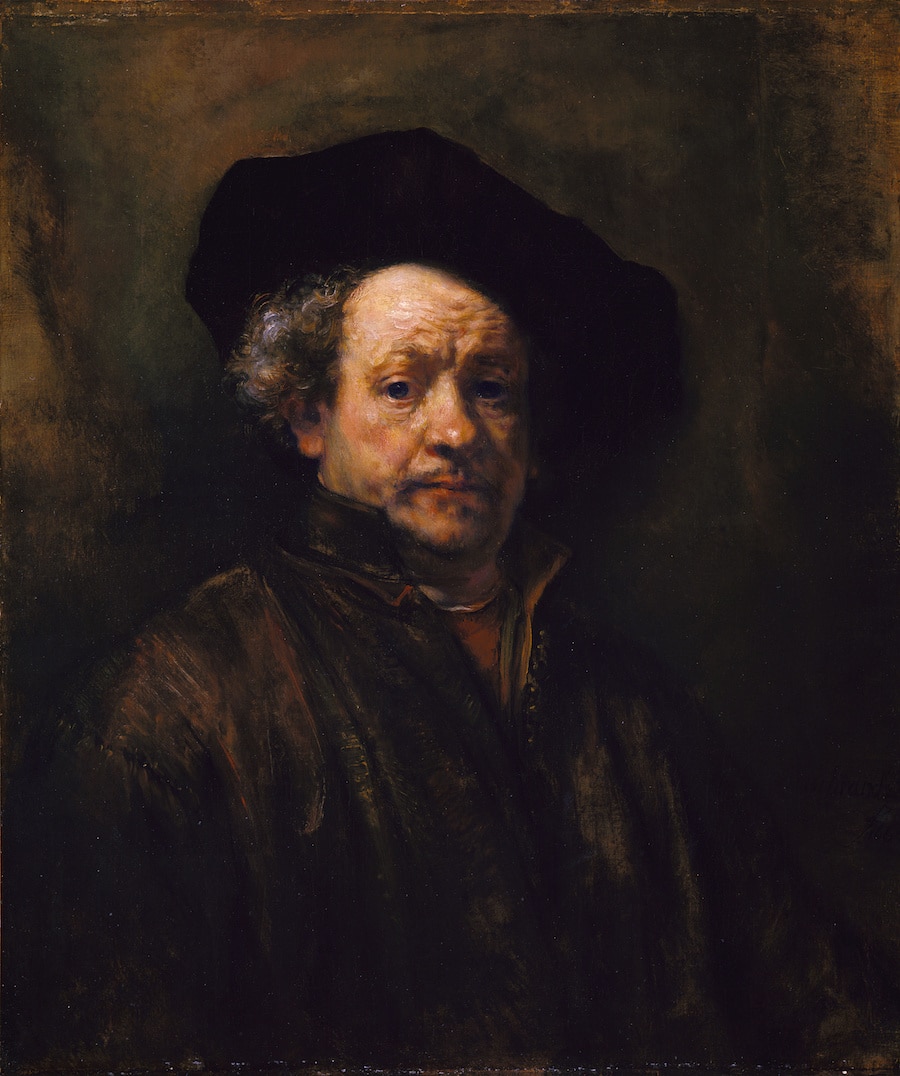

Man Ray - Untitled (Self-Portrait with Camera), 1930, detail Surely, selfies taken with a smartphone for artistic purposes can and do become artworks in some cases, which is where the two worlds of self-portraiture collide, but it seems that the only way vernacular photography as such will ever enter museums and galleries is through their visitors. This does not appear to be the case with the selfies - they are usually taken in a snap and deleted soon after if the results are unsatisfactory, and were usually meant to be posted on whichever social network in order to demonstrate where we are, what we’re doing, who we think we are, and who we think is watching. However, it is necessary to say that self-portraits are conceived as a carefully composed study of different elements that is meant to last and be seen as art. In the case of selfies, this usually means the “small” one built in our phone, though the quality of the pictures they produce is constantly and considerably on the rise. When it comes to photographic image in particular, we’re talking about (almost) the same medium - the camera. These two efforts to establish and embellish a definition of one’s self overlap at times, but the differences, when described, become quite logical. While it may seem that the terms “ selfie” and “ self-portrait” refer to the same kind of imagery, today’s complex relationship between photography and smartphones appears to have made a distinction. Self Portraits vs Selfies - What’s the Difference? These photographs are bound to tell a story, many stories even, whether they were staged or were made spontaneously. Even though the interpretations of oneself - and oneself through others - can be perceived as deeply personal, they can still be related to, meaning they are still universal as they speak to both their creator and their viewer on a variety of levels.

With this in mind, it is also clear that self portrait photography is intrinsically and inherently linked to the concept of identity. The artist becomes the sole owner of his artwork and his vision is being evoked in its purest form. With themselves, they can experiment in the ways they can’t with anyone else, and the feeling of independence couldn’t be greater, as they also serve as their own directors, location scouts, hairstylists, makeup artists, lighting and fashion designers, even digital editors. For many photographers, particularly the beginners, nothing could be more accessible than their own bodies. The human figure has always been one of the most documented forms in art, which is of course why portraiture has always been one of the most popular genres in whichever medium. The Significance of Self Portrait Photography Throughout the medium’s history it had a lot of influence and many times it proved to be a serious game-changer of the scene at large. Luckily, when it comes to artistic purposes, self portrait photography was never so blatant. In fact, this urge to present yourself to the world has prompted the Oxford Dictionaries to announce “selfie” as their word of the year in 2013, saluting the massive saturation of such imagery thanks to social media websites. One thing, however, hasn’t changed - it is still all about the self-consciousness, the exploration of the inner being, a sense of control over your own aspects and your own art. Some 180 years later, we can still talk about the phenomenon of taking your own photo, although in a very different light since now it is all about snapshots and high quality cameras built in our own phones. An amateur chemist, he took this photo by removing the lens cap and then running into the frame where he sat, or better yet posed, for a whole minute. In 1839, a man by the name of Robert Cornelius took the very first example of self portrait photography in history.


 0 kommentar(er)
0 kommentar(er)
